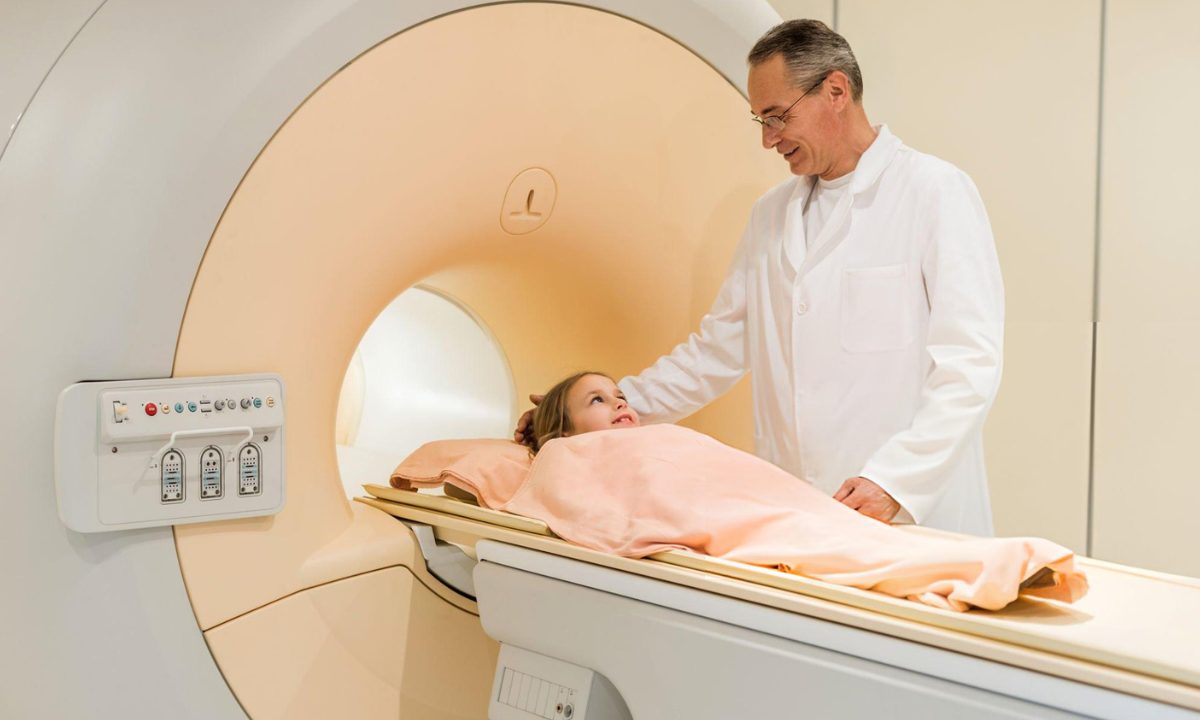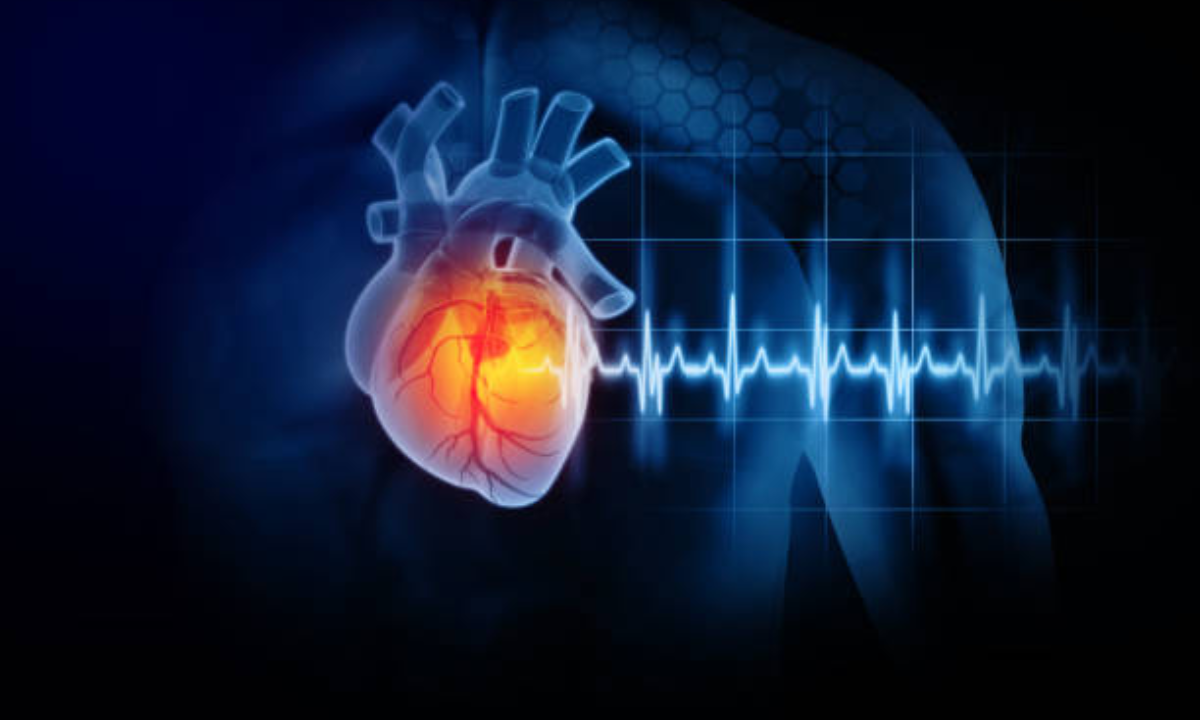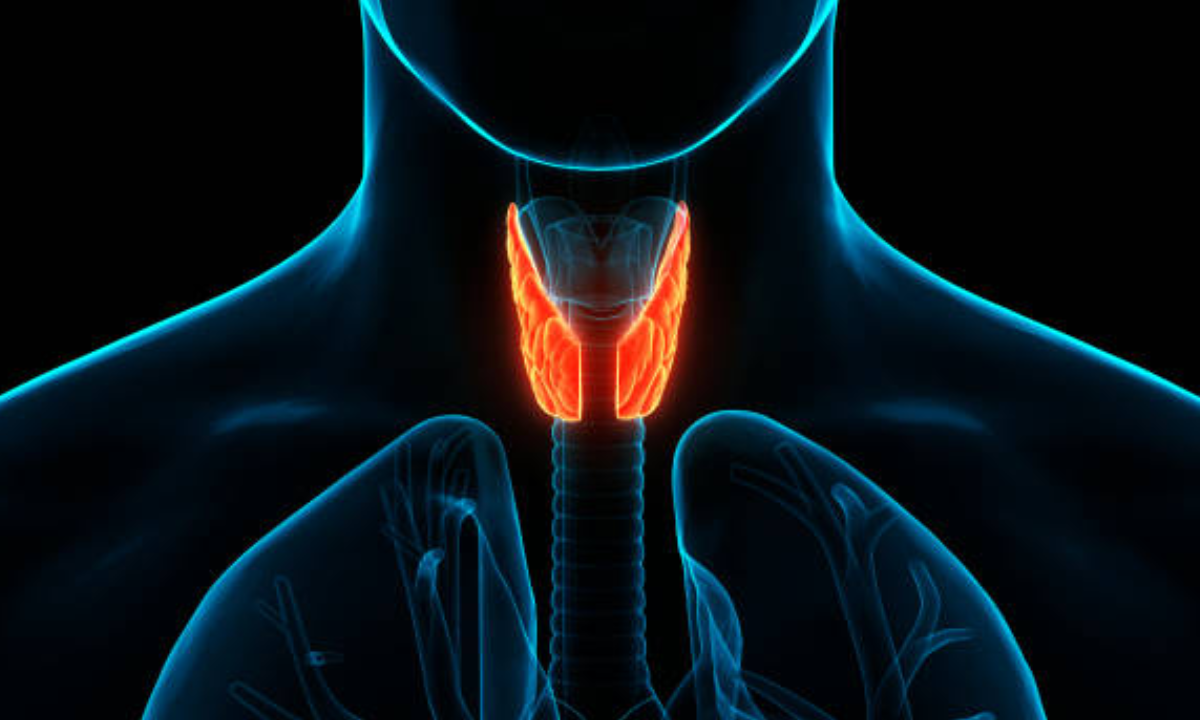A CT scan for kids can give significant demonstrative data to medical conditions. A computed axial tomography scan (CAT scan) produces precise body pictures. People often call it a CT scan.
It is a diagnostic tool. It produces cross-sectional body pictures using PCs and a turning X-beam. These photos reveal blood veins, soft tissues, organs, and bones. Specialists can recognize and treat various diseases with the help of these exact photos.
Parents seeking CT scan in Bangalore for their children can visit diagnostic centres like Kiran Diagnostics and CT scan cost in Bangalore are conveniently available at affordable prices, helping parents access critical healthcare services for their little ones.
How is a CT scan for kids carried out?
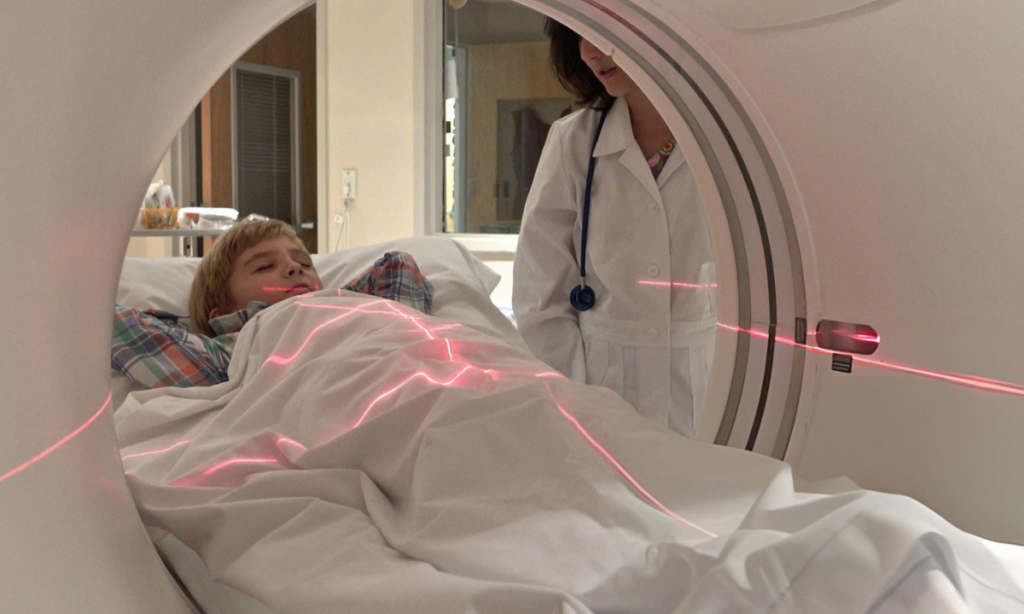
The toddler lies on a table that moves into a big, doughnut-shaped machine for a CT scan. The device collects X-rays of the body from various angles while it revolves. They turn these images into tomographic pictures. You can combine the photos to make 3D views. Qualified radiology technologists or radiographers carry out CT scans.
The young patient lies on a table. It slides into a big, doughnut-shaped machine that twirls around the body to take X-rays from different angles. The PC converts these X-beams into tomographic pictures, which we can combine to make 3D images.
Why Do CT Scans Exist?
Doctors request CT scans for many reasons. These include analyzing symptoms, checking bones and joints, diagnosing injuries and tumours, and monitoring treatment. Wearing a free dress or an outfit the technologist gives is essential. Also, the keys are fasting, using contrast, being still, and tying down the youth.
A CT filter is a valuable device for the safe and successful diagnosis and treatment of pediatric illnesses. Guardians ought to proficiently examine any concerns they might have about their children’s medical services.
Is CT Scan safe for a child?
A CT scan for kids gives point by point interior pictures that can assist specialists with diagnosing different circumstances like diseases, wounds, malignant growths and different problems. CT scanners now reduce radiation. But they still use X-rays to make images. Medical professionals assess the child’s health. They balance any benefits against any risks.
- Reducing Radiation: Strategies include different imaging modalities, child-size modifications, and low-dose procedures.
- Contrast Material: A contrast dye may occasionally be injected to improve image quality.
- Sedation: Young children may require sedation to remain motionless during the scan.
- Notifying Parents: Parents should talk to the healthcare professional about their worries.
Count the child’s total radiation exposure from medical procedures. This is especially important if the child has had many scans.
Do they put kids to sleep for a CT scan?
When doing a CT scan for kids, these excellent pictures permit simple, recognizable proof of any physical irregularities.
- During CT scans, sedation helps to preserve quiet and cooperation.
- Advantages for young children: Sedation enhances visual clarity.
- Helps kids who are afraid or anxious: Sedation eases discomfort.
Procedure Details:
- Decisions are influenced by age, location, and health.
- Supervision: While sedating youngsters, skilled medical personnel monitor them.
- Put a child’s safety and well-being first: Talk to your doctor about any concerns.
Is CT or MRI better for kids?
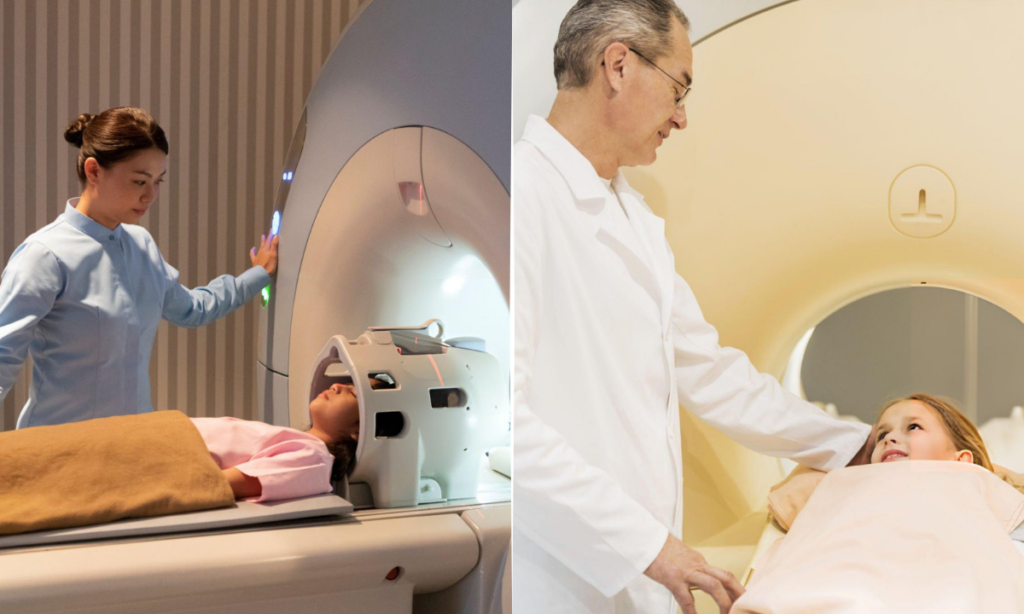
A CT scan for kids is faster than MRIs and is advantageous for them with minimal trouble.
- Imaging Strength: X-rays diagnose blood vessel disorders, stage cancer, and image injuries.
- Radiation: MRIs may be preferred by physicians to prevent radiation-related issues.
MRIs:
- Detailed Images: Offer incredibly fine-grained pictures of tissues, organs, and anomalies.
- No Radiation: Safe for kids because it utilizes attractive fields and radio waves rather than radiation.
- There are different types of MRI machines: some are more open and ideal for kids in small areas, while others resemble little tunnels.
The kid’s age, imaging region, and clinical scenario influence the decision between CT and MRI. Speak with a medical professional.
How long does a CT Scan take for children?
The duration of CT scans for kids varies based on multiple factors. Let’s look at these below:
- Complexity of Procedure: While thorough scans can take up to 30 minutes, simple scans may only take a few minutes.
- Child Cooperation: A child’s immobility is necessary for clear visuals, which speeds up the procedure.
- Specific Area: While scans of the chest or abdomen may take longer, those of the head or brain are faster.
- Setting up and outlining the process takes time in preparation.
- Sedation: If required, it prolongs the duration.
- Accuracy and safety are paramount; speak with your healthcare professional for individualized information.
What should I expect after the procedure?
Following a CT scan, the young patient will step out of the machine and remove any IV lines or contrast material. They can get right back to their regular activities. For a brief while, the child may be watched to ensure there are no unfavourable reactions immediately. The radiology staff will provide particular post-scan instructions.
To help the contrast material dissolve, the youngster should consume a lot of liquids. Following a CT scan, there are no specific limitations about rest and recovery. Make sure the youngster is at ease and content. A radiologist will review the CT scan images and communicate the findings to the child’s physician.
Consider the child’s total radiation exposure if they have undergone several scans. Most kids handle CT scans quite well, but in case of any questions or strange symptoms, get in touch with the kid’s doctor immediately.
What are the common reasons for ordering a CT scan?
CT scans are vital for assessing many-body structures. They are used for the pelvic and stomach organs, for example. Undiscovered torment, harm, and problems can affect the organs and designs of the mid-region. They are common reasons for CT checks. These are inward contaminations, abscesses, and liver, kidney, and pancreas cancers.
They are digestive issues, wounds to the stomach organs, stomach aortic aneurysms, and pneumonic embolisms. It can also guide biopsies and ulcer drainage. It can spot chest and abdominal tumours. It can also help plan organ surgeries and cancer treatments.
The CT scans focus on the pelvic organs. They assess diseases such as tumours and abscesses. They also look for untreated pelvic pain and some types of cancer. CT checks are frequently used to analyze bone diseases and tumour locations.
Experienced radiologists skillfully perform a CT scan for kids to minimize discomfort and radiation exposure. They also guide treatment and monitor illness—CT scans. Physicians can plan appropriate therapies and make accurate diagnoses with comprehensive pictures obtained from CT scans. Parents can be with the child to help them remain calm during the brief scanning process.
Kiranpet Diagnostic Centre is one of the most trusted diagnostic centres in Bangalore and is known for its excellent pediatric CT scan services.

